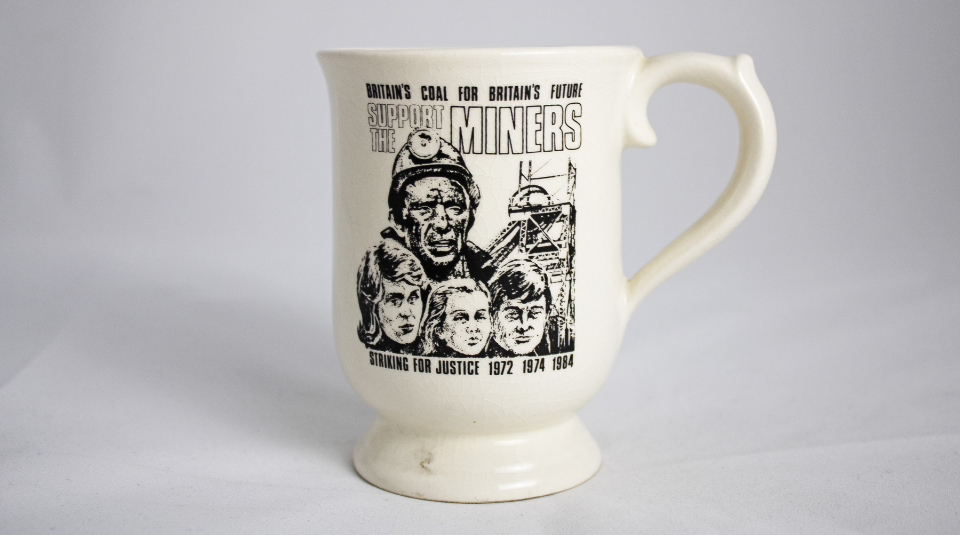
2024 marks two significant anniversaries of miners’ strikes in Britain. It is the strike of 1984 to 1985 that is etched in the memories of many, but how this would unfold is greater understood by going back ten years further to the strike of 1974. In the first of a series of three blogs exploring the miners’ strikes, PHM Researcher Dr Shirin Hirsch takes us back to the earlier and lesser known strikes, including what took place during the 1974 Miners’ Strike and the legacy this created for the years that followed.
As part of this series we’ll also hear about the events of the 1984 to 1985 Miners’ Strike with Dr Bob Dinn, Visitor Experience Supervisor for PHM and also from Amy Todd, a PhD student working for PHM, who will be writing about the women’s movement against pit closures during this year long strike.
In collective memories it is the 1984 to 1985 year long Miners’ Strike that is widely remembered. 40 years on the strike still leaves a shadow on this country. That strike ended in defeat for the miners and victory for Prime Minister Margaret Thatcher’s Conservative government. Going further back, the 1926 General Strike was another defeat for the miners, who, after the Trades Union Congress’s (TUC) abandonment, continued their strike alone for another three months before being driven back to work, victimisation, and the mass unemployment of the 1930s.
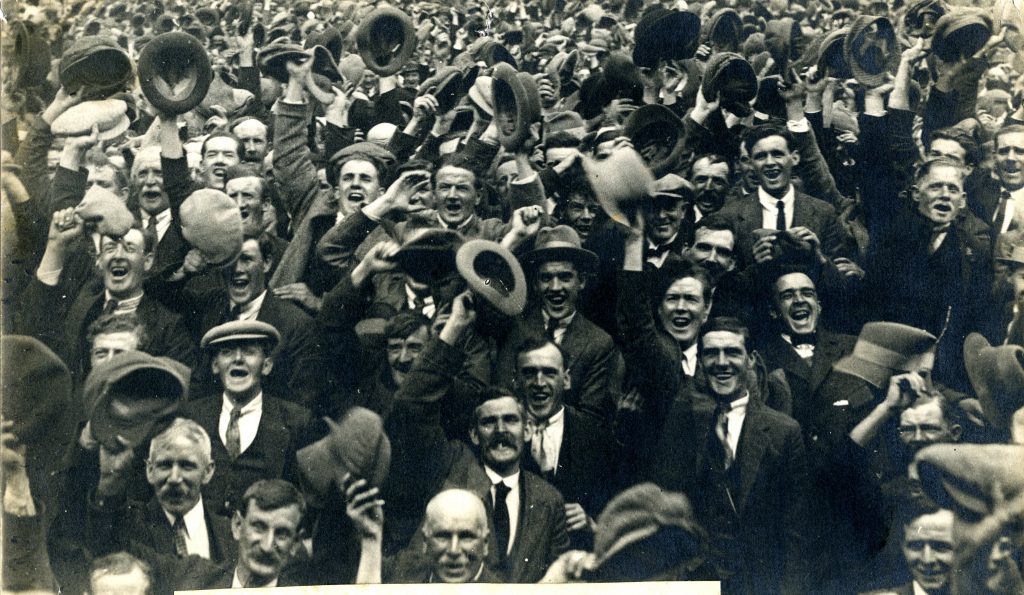
But there have also been victorious miners’ strikes. They have been largely forgotten in the wake of the final pit closures across the nation. Victories are hard to remember in the bleakness of later suffering, pain, and defeat.
There was widespread unofficial strike action by miners in 1969. Then, in 1972 a strike was called by the National Union of Mineworkers (NUM). It was the first official strike by the miners nationally since 1926; an explosive dispute with flying pickets sent out, leading to railway workers refusing to transport coal and power station workers refusing to handle coal. You can see photographs in the archive at People’s History Museum (PHM) which show the excitement on the demonstration with miners and their families on the march. The strike ended with an improved pay offer and even in the words of the government of the time, this was a victory for the miners, although as they put it, a ‘victory for violence’. That year was marked by a wave of industrial disputes, with 23.9 million strike days across the country.
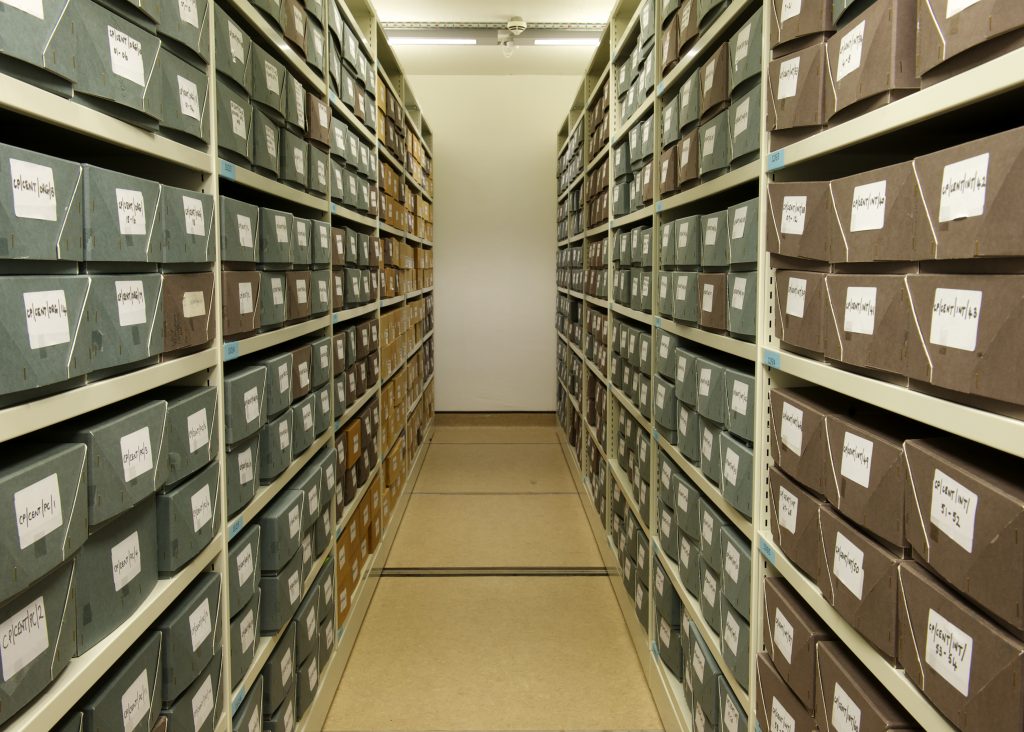
You can also view photographs capturing the thousands of different picket lines across the country in the early 1970s, when industrial struggle was at its highest since the 1920s. As Ralph Darlington and Dave Lyddon, two historians of this period, put it, ‘there was the smell of workers’ struggle in the air, punctuated by the taste of victory.’ Photographs include those of families of miners’ protesting during the 1972 Miners’ Strike, miners on strike in February 1974, and workers from Empire Pools, Blackpool, on strike in 1974.
In the 1970s most of Britain’s electricity was produced by coal burning power stations. In November 1973 the NUM started an overtime ban. They had called for pay increases that had been forcefully ignored by the government. So, miners decided to ‘work to rule’ to add pressure on the government. The Prime Minister Edward Heath responded with an immediate state of emergency, announcing on TV a compulsory ten day closure of industry for Christmas, to be followed by a three day week. There was an attempt to turn people in Britain against the miners, with the government asking people to pull together in this national emergency. One junior minister urged British people to ‘clean their teeth in the dark’ although this was challenged when a newspaper printed a picture of the same minister’s house with every light on. The Tories aimed to create a climate in which the miners could be depicted as the great enemy to the nation.
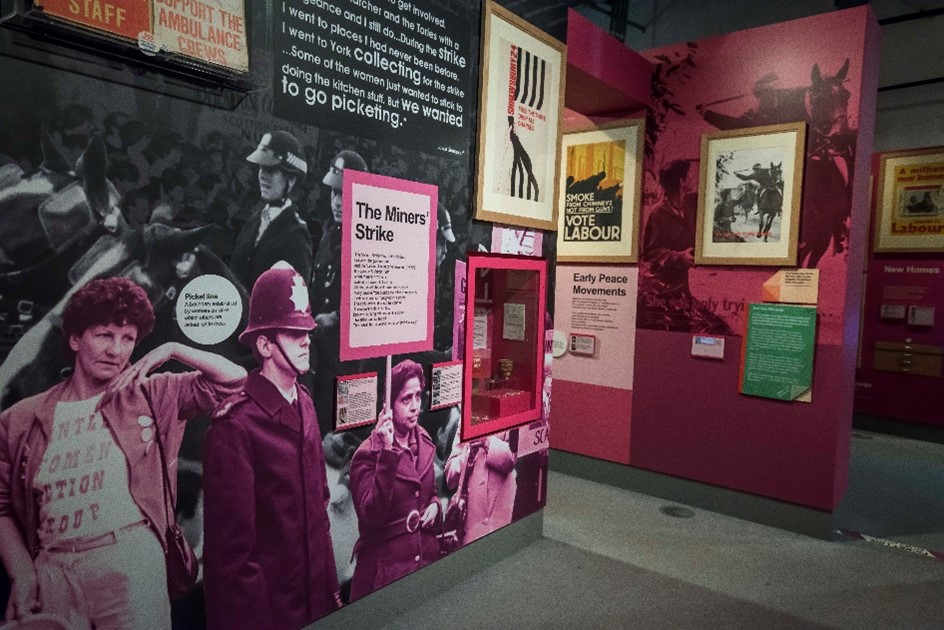
In January 1974 the NUM won a national ballot for strike action, a vote by members to intensify their overtime ban action and move to full work stoppage. The radical newspaper Socialist Worker, which you can read in PHM’s archive, noted how for months the Tories had been demanding a ballot of the miners, claiming the ordinary miner as out of touch with the leadership. The ballot result was ‘188,393 mighty punches from the miners’ which had ‘knocked the Tories sideways.’ The strike action was announced officially on 5 February 1974, and two days later the Prime Minister responded.
An early, snap general election was called around the theme ‘Who runs the country?’ The three day week was still in force. Train drivers were on strike. The Observer newspaper described the election as the ‘most socially divisive of the century’ with the Prime Minister being forced to fight an ‘inevitably anti-union election’. Heath appealed to the nation: ‘This time the strife has got to stop. Only you can stop it. It is time for you to speak, with your vote’.
Despite huge pressure, with much of the press focusing on the miners as ‘greedy men’ and ‘bullies’, the miners did not call off their strike once the general election was announced. In the archives you can see a photograph from February 1974 of a ‘pickets operation board’ with Kent miners planning their strike. There was huge confidence within the labour movement as well as extensive planning for successful strike action. Every pit was shut down. The general election in this context was a direct confrontation between the Conservative government and the trade unions. You can read the main party election manifestos in PHM’s archive. The Conservative Party’s manifesto was entitled ‘Firm Action for a Fair Britain’. It talked about how the NUM’s demands for higher pay were putting the country at risk. According to the manifesto there were a ‘small number of militant extremists’ who were manipulating and abusing their union power to cause ‘incalculable damage to the country and to the fabric of our society’. There were ominous references to a ‘danger from within’ with militant trade union demands being linked to high inflation. The Conservative election manifesto argued the choice before the government, and now the choice before the country, was clear.
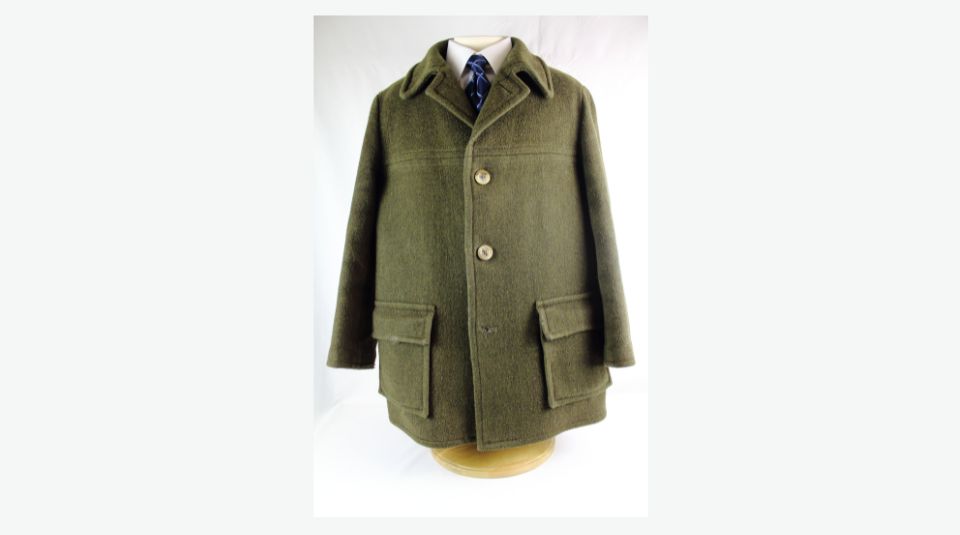
However, the public did not respond in the way Heath had intended. Instead, the election result was a bruising defeat for the Conservative government, and although the Labour Party’s overall vote did not increase either, a minority Labour government was formed under Prime Minister Harold Wilson. The Miners’ Strike was immediately ended with a large wage increase, under a new Labour Employment Minister, Michael Foot (his coat is on display at People’s History Museum), who also repealed most of the Industrial Relations Act which Heath had brought in. You can read Michael Foot’s papers in PHM’s archive.
Ultimately, this was a huge victory for the miners, but also for the labour movement in Britain. The next Conservative Prime Minister Margaret Thatcher, would learn from Edward Heath’s defeat. As trade unions have experienced a recent upturn in activity, it might be worth returning to the Miners’ Strike of 1974. 50 years on, there are lessons for us all.
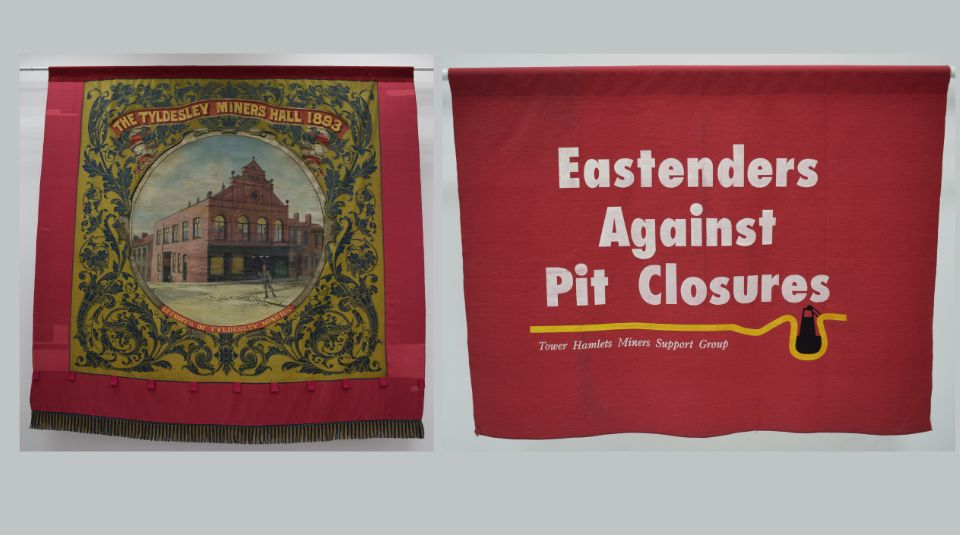
View the Miners’ Strike 1984-1985 archive guide and discover material about the strike in the museum’s archive.
Read about the 1989 to 1990 ambulance workers’ dispute in The sirens last time: an ambulance worker looks back, a blog by a former NHS ambulance worker Clare Winter.
From Thursday 1 February 2024 visit the main galleries at People’s History Museum, where you can view objects, photographs, and participants’ testimonies from the 1984 to -1985 Miners’ Strike.
Join The Fabric of Protest creative workshops for some stitching, chatting, and sharing; exploring Lesbians and Gays Support the Miners, and Women Against Pit Closures.
Explore PHM’s Miners’ Strike collections on an archive exploration and guided gallery tour.
Keep up to date with PHM’s latest blogs and upcoming events by taking the Radicals quiz to sign up to our regular e-newsletter.
People’s History Museum is open from 10.00am to 5.00pm, every day except Tuesdays. The museum and its exhibitions are free to visit, with most visitors donating £10. To find out about visiting the museum, its full exhibitions and events programme visit phm.org.uk.
The museum’s internationally significant collection includes items of national importance from the last over 200 years of British social and political history. Home to the complete holdings of the national Labour Party and Communist Party of Great Britain and an extensive collection of photographs relating to the growth of democracy in Britain, covering not only parliamentary reform, extension of the vote and general elections, but also grassroots organisations and campaigns.